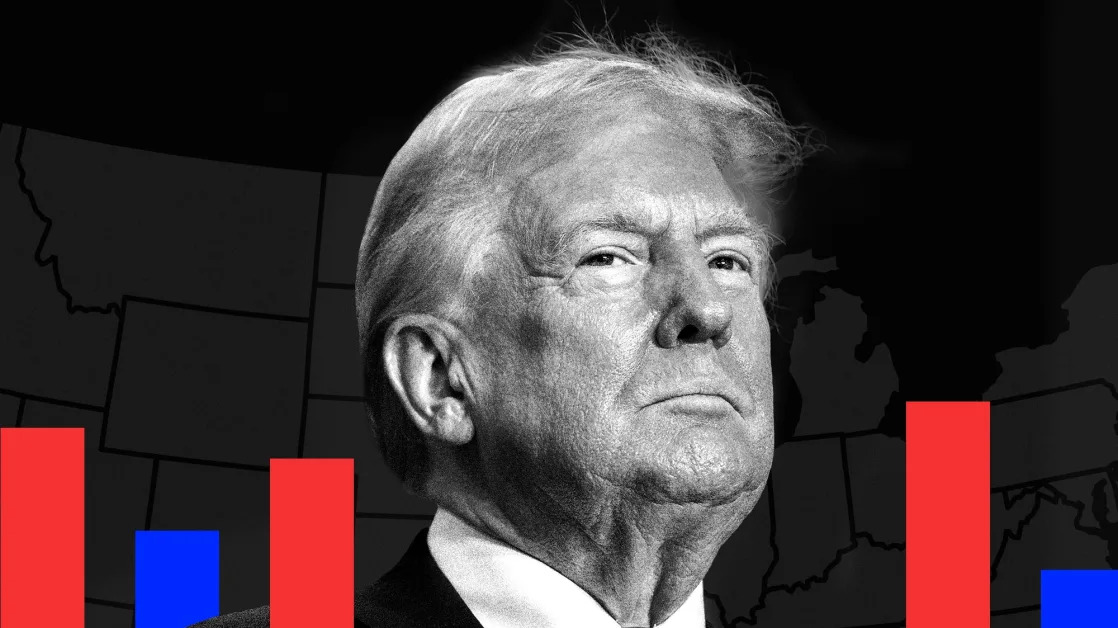(Bloomberg) -- Federal Reserve Bank of Minneapolis President Neel Kashkari said he expects inflation will continue to cool toward the central bank’s 2% target, allowing policymakers to lower interest rates “modestly” by the end of the year.
“We’re in a very good place to just sit here until we get a lot more information on the tariff front, on the immigration front, on the tax front,” Kashkari said Friday in an interview on CNBC. “I would expect the federal funds rate to be modestly lower at the end of this year.”
Echoing recent comments from other policymakers, Kashkari said there’s still significant uncertainty about how and when new Trump administration policies, including curbs on immigration, tariffs and tax cuts, could impact the economy and inflation.
Fed officials left interest rates unchanged at their Jan. 28-29 meeting after cutting them a full percentage point in the last three meetings of 2024. Most officials have said they support cutting at a slower pace this year given uncertainty about fiscal and trade policy, and while inflation remains above their 2% goal.
The Minneapolis Fed chief spoke shortly after a report showed employers added fewer jobs in January than expected. At the same time, December payrolls were revised higher and the unemployment rate came in at 4%, the lowest since May, data from the Bureau of Labor Statistics showed. Average hourly wages rose by 0.5% from December, the biggest monthly gain since August.
“This is still a good labor market,” Kashkari said. “It’s not as hot as it was a year or two ago,” he said, adding, “the economy is strong, businesses are optimistic.”
Kashkari, in his first comments on monetary policy this year, repeated that the economy’s resilience in the face of high interest rates could mean the neutral rate of interest, where it neither restricts nor stimulates growth, is higher.
He also said he’s not worried about the divergence between 10-year Treasury yields — which have risen about 90 basis points in the past five months — and the Fed’s benchmark rate, which has come down by a percentage point in that time.
(Updates with additional material from the first paragraph.)





